How will La Niña affect Florida during winter 2022-23?
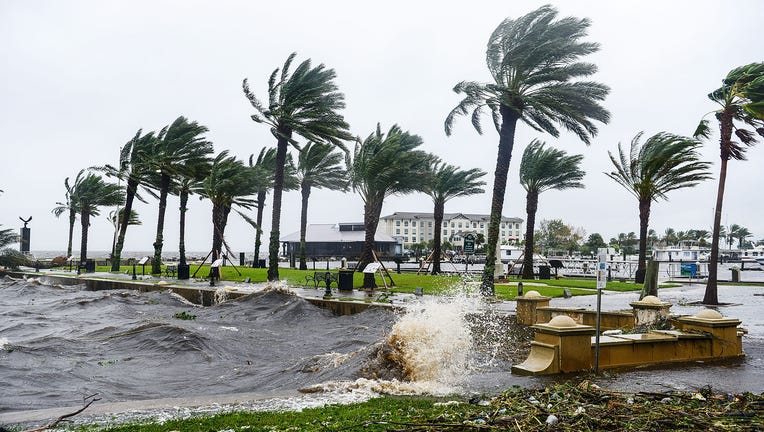
SANFORD, FLORIDA - SEPTEMBER 29: The waves of the Lake Monroe hit the Sanford riverwalk as strong winds and rain continue from Hurricane Ian on September 29, 2022 in Sanford, Florida. The hurricane brought high winds, storm surge and rain to the area
With Florida experiencing its coldest temperatures in months this week, this winter-like weather may have many wondering how bad winter will be during this upcoming 2022-23 season.
Meterologists with the National Weather Service (NWS) believe there is a 75% chance of La Niña for the 2022-23 winter season — but how will that affect Florida?
La Niña in Florida winter 2022-23
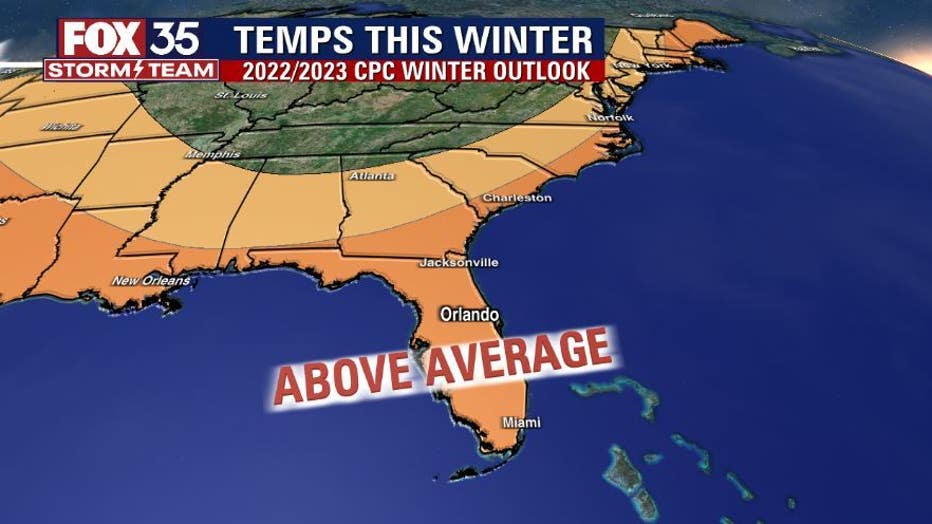
Since this is the third consecutive winter that La Niña conditions will persist, this circumstance usually brings a more active late hurricane season, followed by a dry and warm fall and winter across Florida, according to Florida State University research associate and state climatologist David Zierden.
When it comes to West Central and Southwest Florida, there is a 40-50% chance that temperatures will slightly rise above normal — with rainfall during these months predicted to fall below normal, the National Oceanic and Atmospheric Administration said.
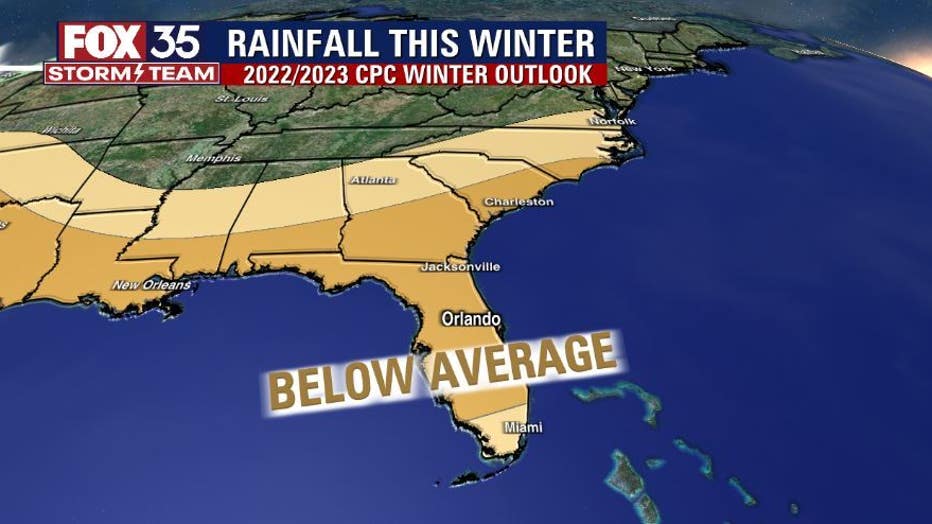
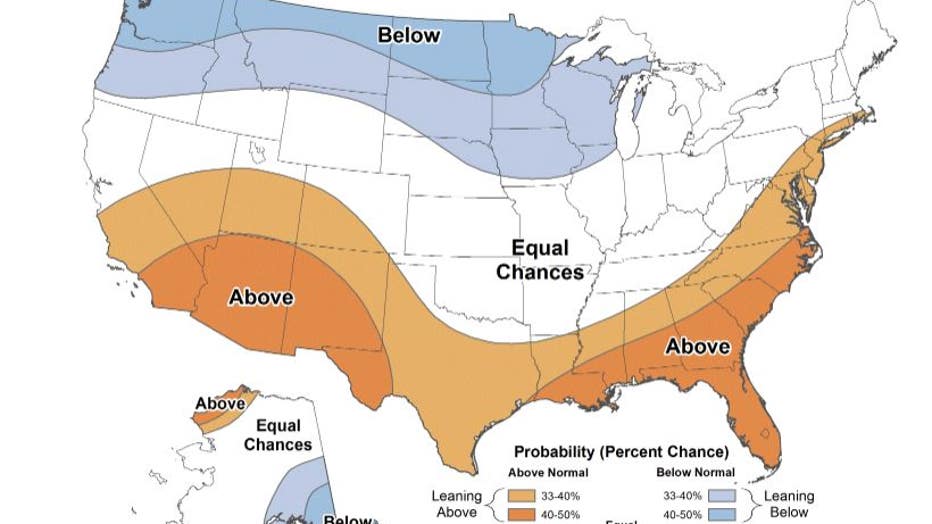
Credit: NOAA
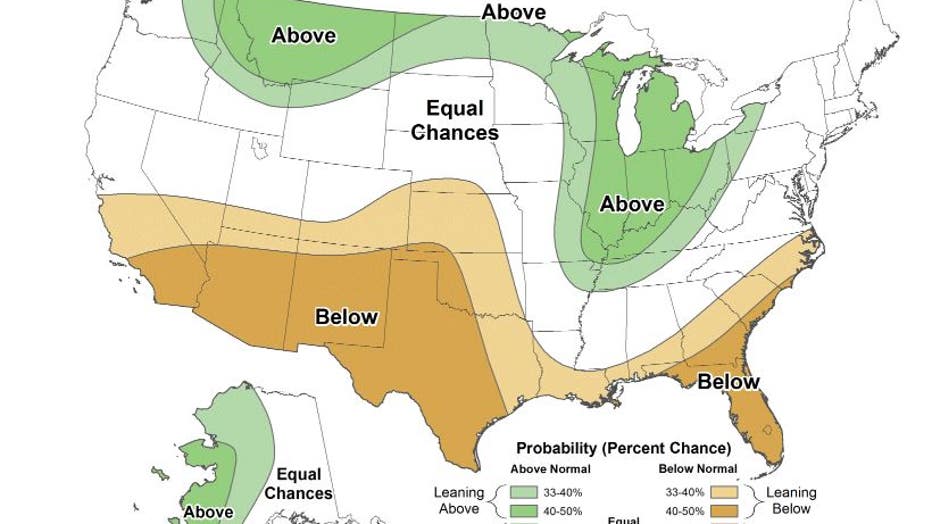
Credit: NOAA
Typically, La Niña brings above-average precipitation and colder-than-average temperatures along the northern tier of the U.S., along with below-average precipitation and above-average temperatures across the South.
"The El Niño/La Niña cycle is one of the main drivers of year-to-year climate variability across Florida and much of the Southeast. Despite being far removed from the Pacific Ocean, Florida is the state most affected by this fluctuation in sea-surface temperatures. The cold waters during La Niña in the tropical Pacific usually bring an active hurricane season followed by warmer and drier conditions during Florida’s dry season from November to April," said Zierden. "This is the third consecutive year of La Niña, which led to a record hurricane season in 2020 and high activity in 2021. The onset of drought and increased wildfire activity usually accompanies La Niña, but the state has avoided these impacts in the last two years. We may not be so lucky going into this third consecutive year."
According to the Winter 2022 U.S. Drought Outlook constructed by the NOAA, some areas in the panhandle are at risk of developing drought tendencies.
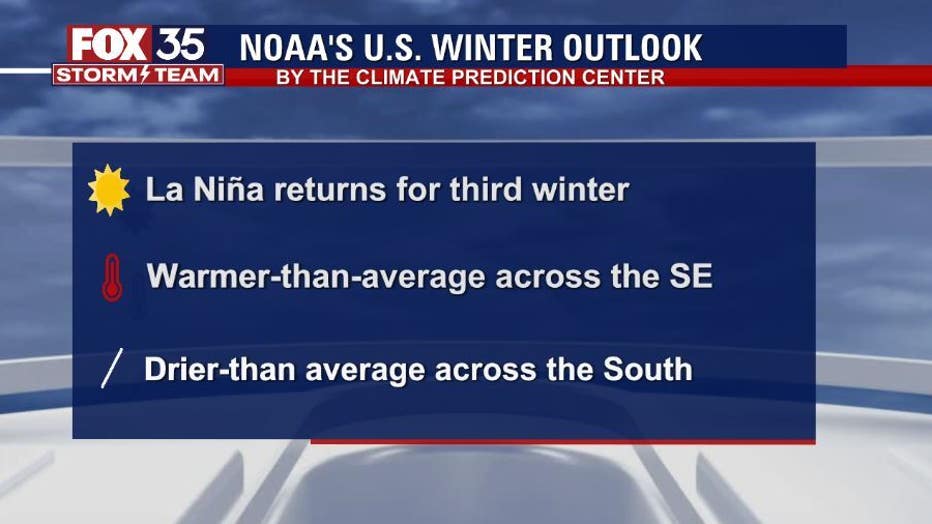
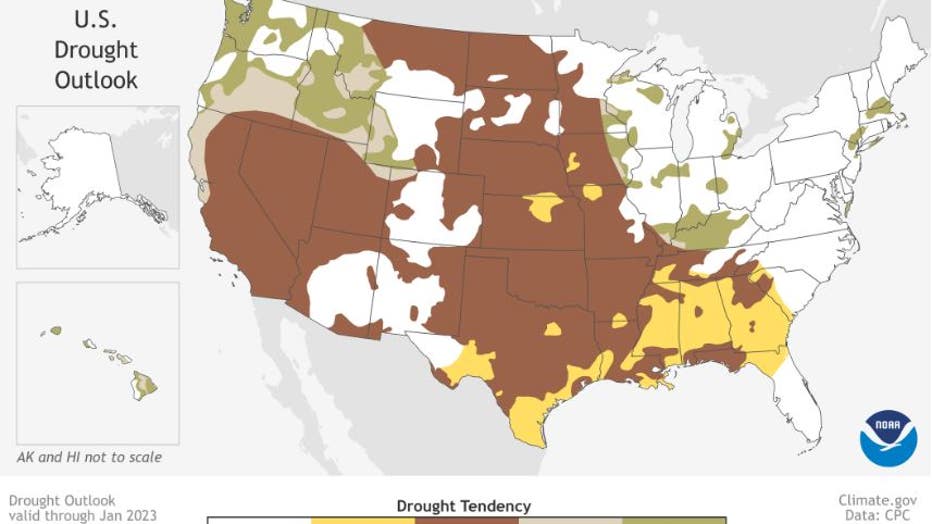
Credit: NOAA
Overall, Florida can expect a warmer, drier winter this year.
La Niña across the rest of the U.S. this winter
Temperature
- The greatest chance for warmer-than-average conditions are in western Alaska, and the Central Great Basin and Southwest extending through the Southern Plains.
- Warmer-than-average temperatures are also favored in the Southeastern U.S. and along the Atlantic coast.
- Below-normal temperatures are favored from the Pacific Northwest eastward to the western Great Lakes and the Alaska Panhandle.
Precipitation
- Wetter-than-average conditions are most likely in western Alaska, the Pacific Northwest, northern Rockies, Great Lakes and Ohio Valley.
- The greatest chances for drier-than-average conditions are forecast in portions of California, the Southwest, the southern Rockies, southern Plains, Gulf Coast and much of the Southeast.
- The remainder of the U.S. falls into the category of equal chances for below-, near-, or above-average seasonal total precipitation.
Drought
- Widespread extreme drought continues to persist across much of the West, the Great Basin, and the central-to-southern Great Plains.
- Drought is expected to impact the middle and lower Mississippi Valley this winter.
- Drought development is expected to occur across the South-central and Southeastern U.S., while drought conditions are expected to improve across the Northwestern U.S. over the coming months.
NOAA’s U.S. Winter Outlook on La Niña was released by its Climate Prediction Center on Oct. 20 and references December 2022 through February 2023.

